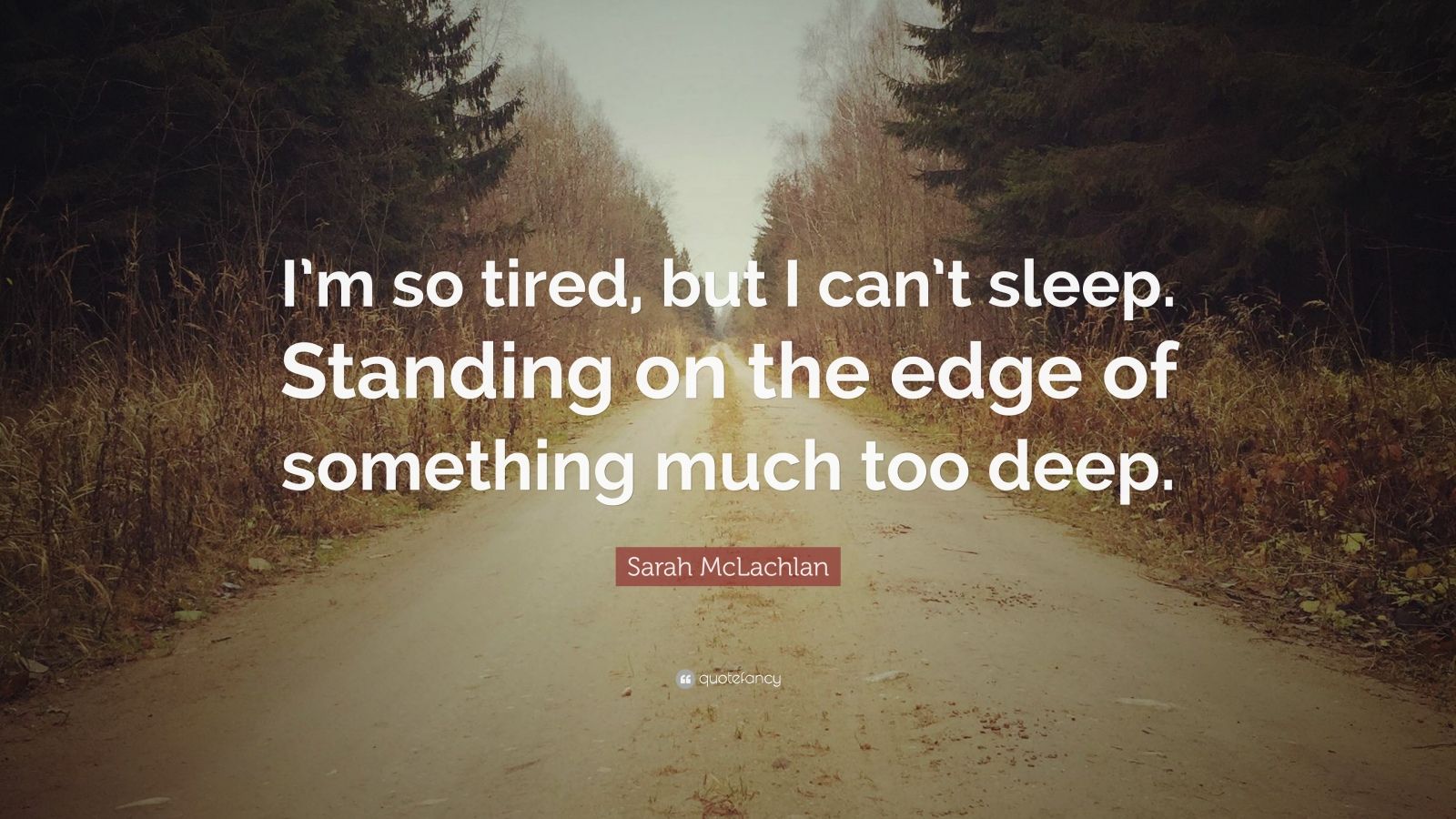
REM sleep is vital for our memory and emotional regulation, as our brain is processing and clearing what we no longer need. It is the type of sleep associated with vivid dreaming and a kind of sleep paralysis when our muscles lose their ability to move to stop us from acting out our dreams (so this is not the stage when people sleepwalk, for example). Stage R is REM sleep which, as the name suggests, is when our body experiences bursts of rapid eye movement and brain activity, in a surprisingly similar way to how our body behaves when we are awake. During this stage, the body repairs and regrows tissues, builds bone and muscle, and strengthens the immune system. It is very difficult for us to wake up during stage 3.

However, before we reach these periods of sleep there is Stage W, which is simply when we are awake. According to the American Academy of Sleep Medicine, there are four stages of sleep in a cycle, which are formed by two different types of sleep: non-rapid eye movement (NREM) sleep and rapid-eye-movement (REM) sleep. Our sleep stages form the basic structure of how a typical night of rest and recovery occurs. This means that we are never simply at rest – and why every night’s sleep is different.

The reality is that our mind and body experience different sleep stages throughout the night, each with distinct characteristics and benefits. A singular process that we (ideally) emerge from refreshed, recovered, and ready to tackle what the new day may bring us. We usually think of sleep as one uniform experience when we lay down to rest each night.


 0 kommentar(er)
0 kommentar(er)
